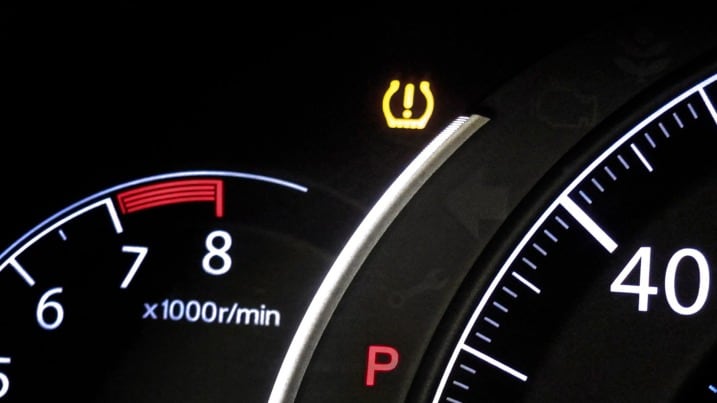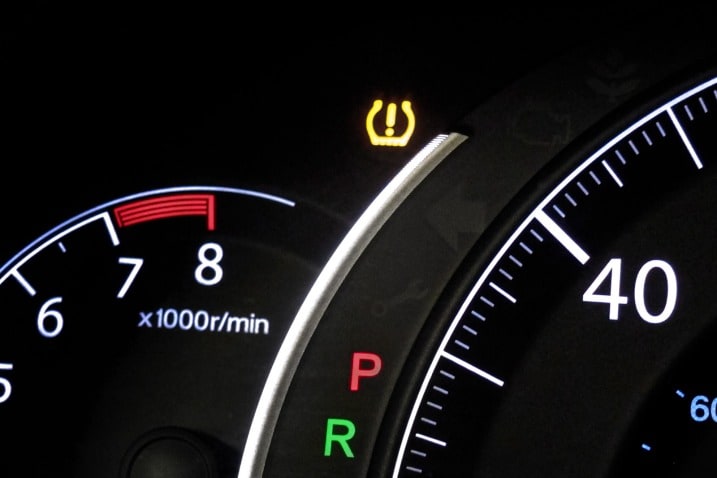If you're buying or driving a 2008 or newer car, truck or SUV, it has a tire-pressure monitoring system (TPMS), which uses sensors to continuously monitor pressure in the tires and warn you with a dashboard symbol when tire pressure is dangerously low. The feature is standard on all 2008 and newer models, thanks to the TREAD Act, which Congress enacted in 2000 after rollover incidents involving the Ford Explorer and Firestone tires. Some 2006 and 2007 model-year vehicles also have TPMS.
The TPMS symbol is either a cross-section of a tire with an exclamation point in it or an overhead view of a car with all four tires exposed. Because of a variety of considerations from tire companies and automakers, a TPMS warning light isn't required to come on until a tire is 25 percent below the manufacturer's recommended tire pressure. That's also well below the pressure required for safe driving, according to the American Automobile Association. So here's the short version: Do not use the TPMS warning light as a substitute for regularly checking your tire pressure and keeping it at the recommended level. That's not its purpose.



 by
by 
